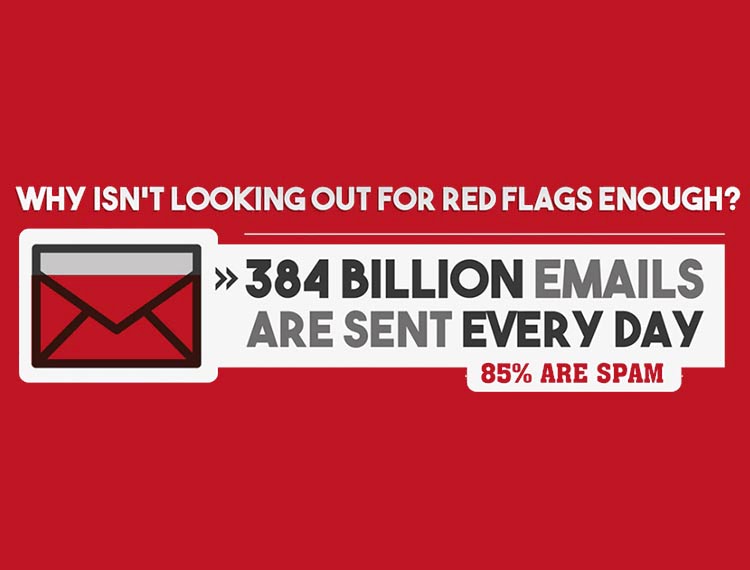How To Avoid Security Threats While Learning Remotely

Falling victim to a phishing attack can majorly disrupt a student or teacher’s Distance Learning. With remote work on the rise, phishing attacks are too.
Although distance learning provides students with the means to continue their education while schools are closed due to COVID-19, it also provides hackers with a boosted workforce.
Phishing was already an extreme commonality before the virus’ global outbreak; however, with the Internet in a state of non-stop peak usage, the rate of virtual security attacks has exploded.
Here’s how you can stay protected while spending more time researching and attending classes online.
What is Phishing & Who Is At-Risk of an Attack?
The terms ‘virus’ and ‘malware’ are often used interchangeably, but they are very different from each other. Phishing isn’t a virus as it doesn’t contain any software, but is instead a method spammers and hackers use to acquire a web user’s personal, secured information. Spam is considered unsolicited “junk” emails sent in bulk, and spam becomes phishing when attackers begin adding malicious content to the message.
Saying this, anyone with web access can fall victim to a phishing attack. Today, phishing attacks are on the rise by 250%; and in 2018 alone, 8 in 10 people experienced a phishing attack. 49% of hackers prefer to exploit human nature instead of technology, causing most Internet users to struggle spotting fake emails. Even if you began looking out for red flags in your inbox, this still wouldn’t be enough to completely avoid phishing attacks. 384 billion emails are sent each day, and 85% are spam. As a result, phishers are getting more advanced, and attacks are increasing – more than doubling from 2013-2018.
The Result of Phishing on You & Your Education
To date, 1 in 3 have been compromised by spam-backed phishing attacks. The result?
- A computer infected with a virus or malware
- A notification that their account has been compromised
- Had their social media or email account hacked
More specifically, 25% of phishing victims have experienced data loss, 49% have experienced malware infections, and 65% have had their accounts compromised.
Furthermore, phishing attacks can impact your school performance as well. A single phishing attempt can reduce your productivity by 67%, reduce your educational institution’s security reputation by 50%, and cause them to loose up to 54% of the student data they have on file for you.
The Key To Secure Distance Learning
Students and teachers are the most crucial asset in spotting phishing attacks as they make up the majority of the educational demographic. The key to security is people. Reach out to your school’s IT Department with feedback on their effectiveness, and ask if there are is any training on how to spot phishing you could undergo.
How to get out of the phish net












Responses